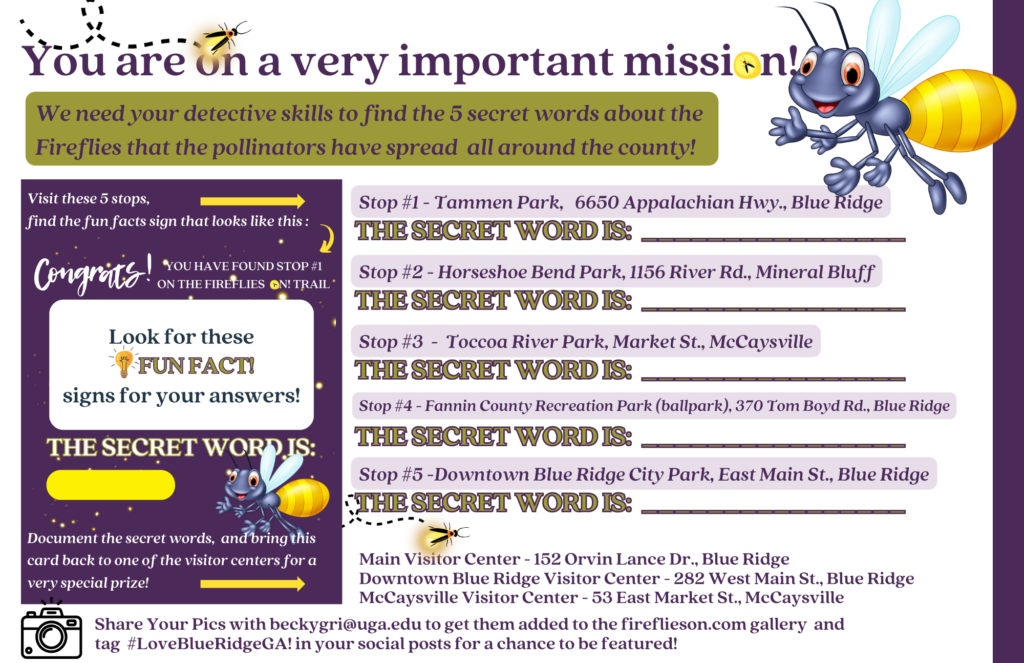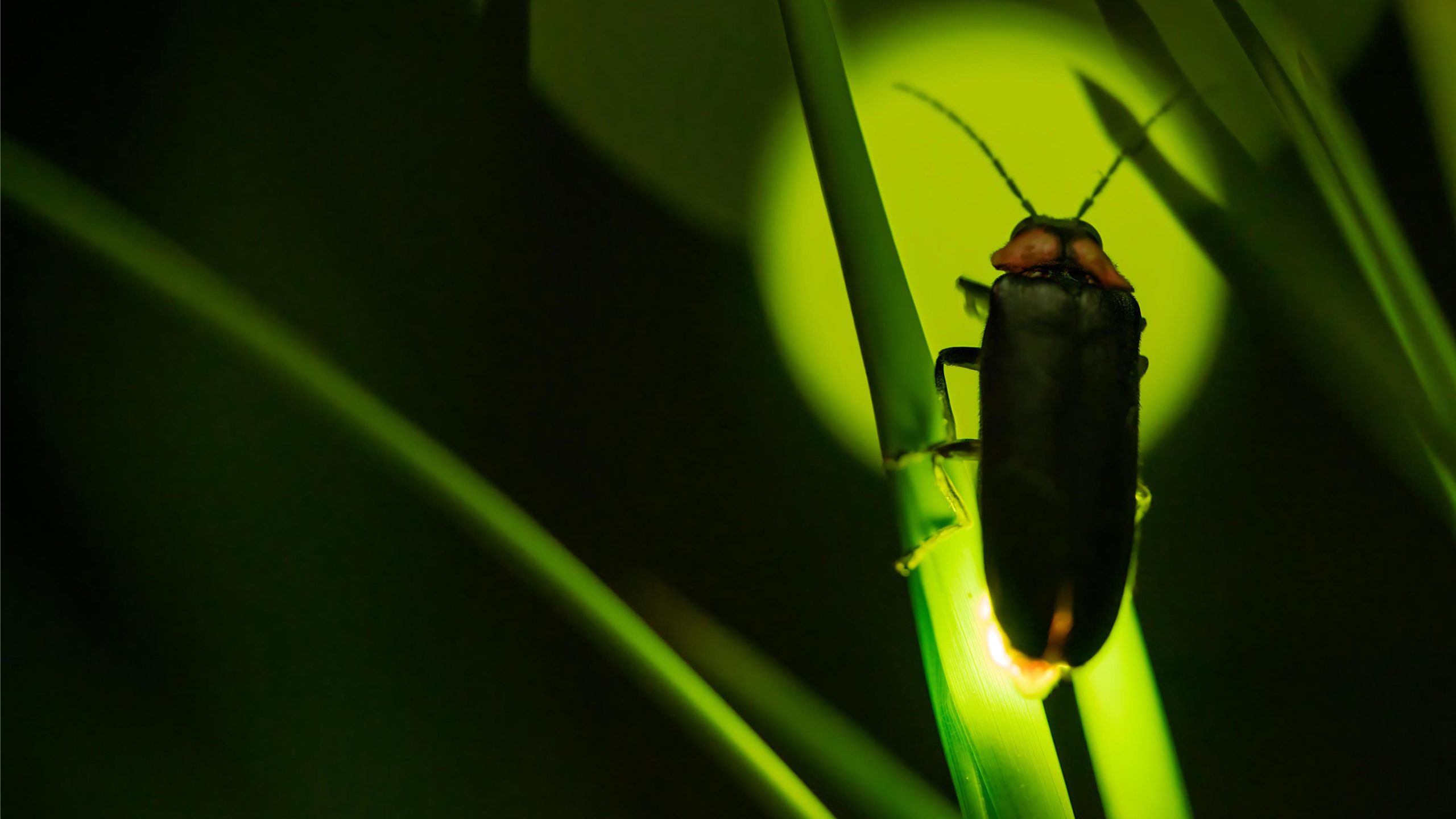

Lights OFF.
Fireflies ON.
Everyone can play a role in protecting our fireflies! Turn those outdoor lights off at night.

Lynn Frierson Faust | Firefly Expert and Advisory Consultant on Firefly Studies
“Georgia has incredible diversity of habitat, plants and wildlife, including high numbers of firefly (lightning bug) species.
In addition to many less obvious night time and daytime lightning bugs, in the correct dark setting, North Georgia has spectacular displays of certain species like Snappy Syncs, the Smokies Syncs, the Christmas Lights, Blue Ghosts and Big Dippers; and interestingly, has several extremely rare species, Loopy 5s and Pointy Lobed, which experts are still discovering and documenting.”
How to safely view fireflies up close
A step-by-step guide on taking care of fireflies and how to catch and release them safely.

Steps written out:
- Step one: Find a large clear jar.
- Step two: Safely put holes in the lid of the jar. This will ensure the firefly has plenty of oxygen.
- Step three: Carefully capture a firefly. Remember, these are delicate insects with fragile legs and you don’t want to hurt or damage the insect in any way.
- Step four: Quickly, put the lid on the jar. Do NOT shake the jar!
- Step five: Enjoy looking at the firefly up close. Can you find the lanterns on the underside of the insect, on its abdomen? Do you see the hard wings, called elytra, on the top of the firefly? What stands out to you?
- Step six: After a few minutes, unscrew the lid and let the firefly go. Don’t keep the firefly in the jar for more than just a few minutes.
- Step seven: Ensure you are protecting the fireflies in your area. One easy way to do this is to consider turning your outdoor lights off at night. Nighttime artificial lighting confuses the fireflies.
Make an origami firefly.
Learn more about fireflies.
Fireflies of Georgia Flyer
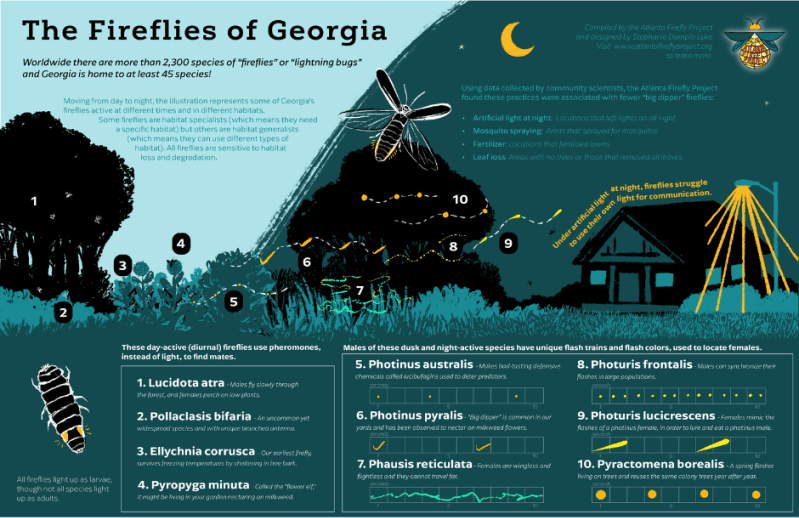
Listen to an interview with Lynn Faust
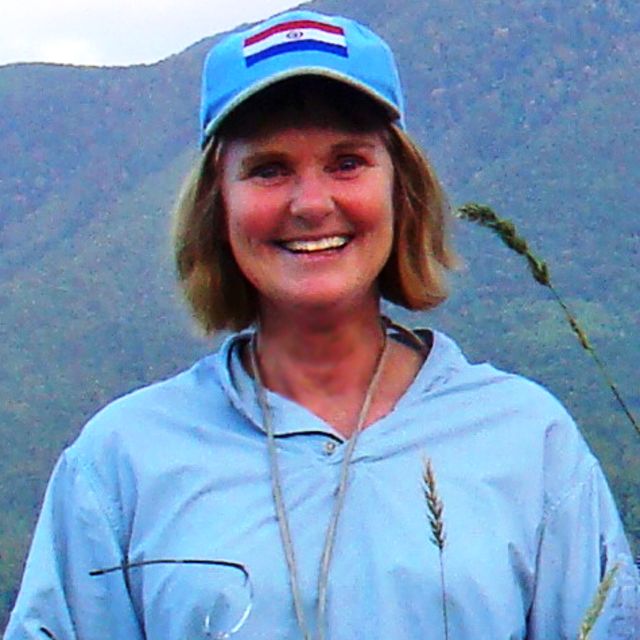
Becky Griffin, UGA Extension, sat down with firefly expert, Lynn Faust, to talk about Faust’s experience in researching fireflies and the wonder of North Georgia lightning bugs!
Resources and opportunities
- Enthusiastic fireflyers are encouraged to enter their sightings in the Xerces Society Firefly Atlas
- University of Georgia created a firefly fact card.
- The book Fireflies, Glow-worms, and Lightning Bugs by Lynn Frierson Faust is a fantastic resource for firefly enthusiasts.
- National Geographic’s article on firefly flashes.
- Visit darksky.org for tips on minimizing harmful outdoor lighting.
- Work towards making your landscape firefly certified at firefly.org.
- If you live near Atlanta, consider participating in the Atlanta Firefly Project.
- Firefly Conservation: A Guide to Protecting the Jewels of the Night is a small booklet published by the Xerces Society.
- The Great Smoky Mountains National Park is home to the Synchoronous Fireflies (Photinus carolinus). The park holds a popular lottery allowing only a restricted number of viewers to watch the fireflies flash.
Firefly photo gallery.
Send your photos to Becky Griffin beckygri@uga.edu to add them to the gallery!
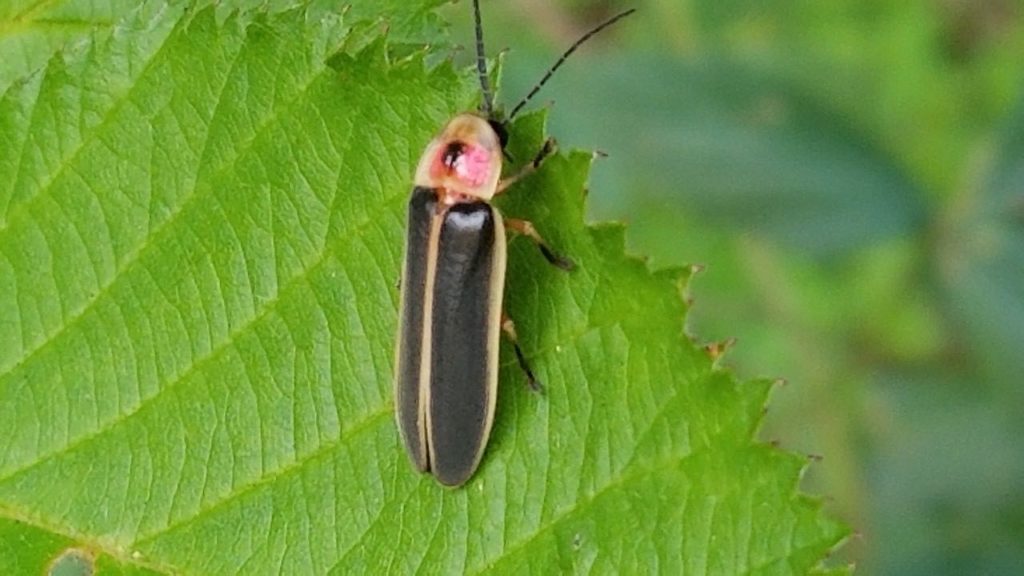
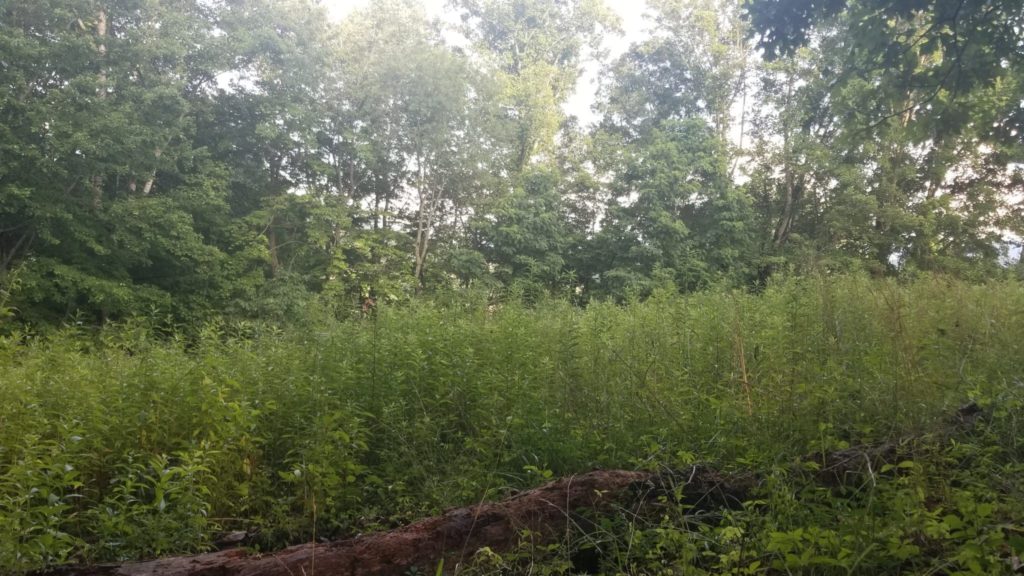
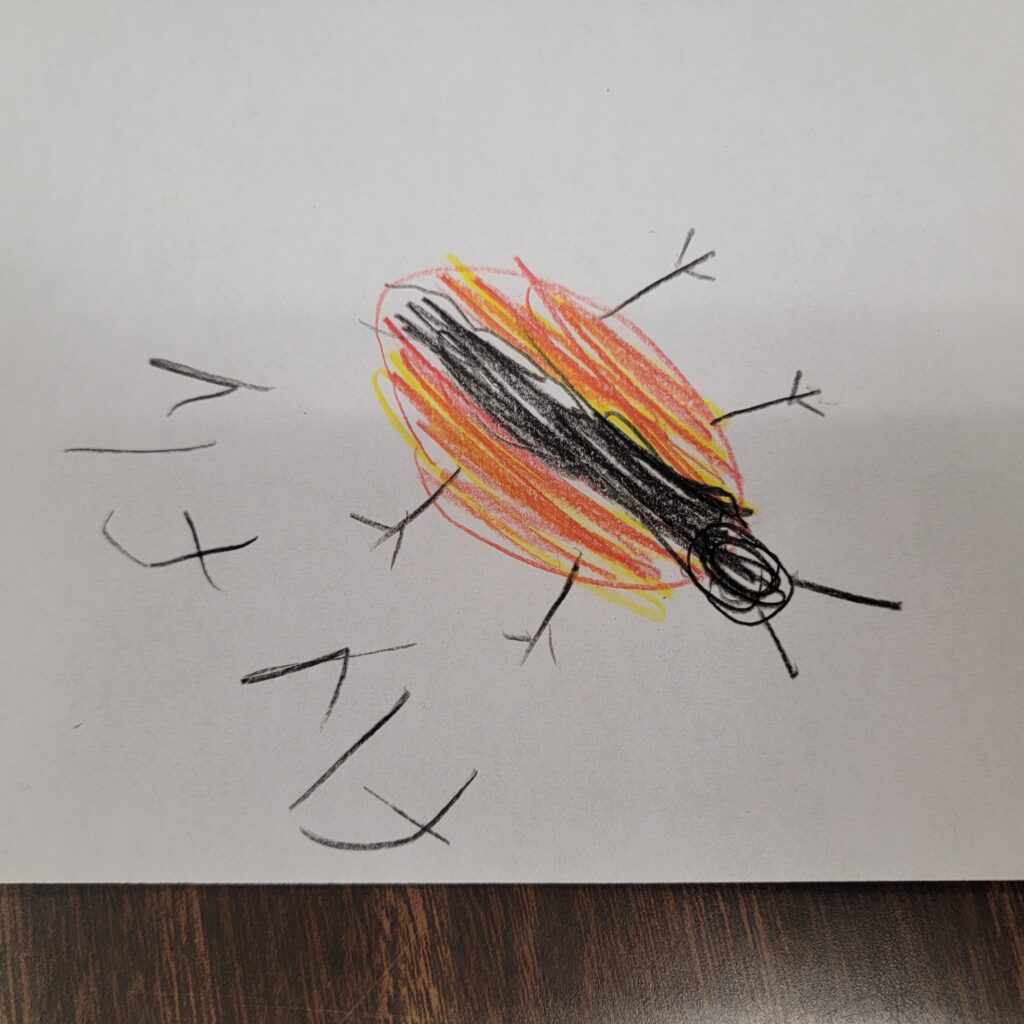
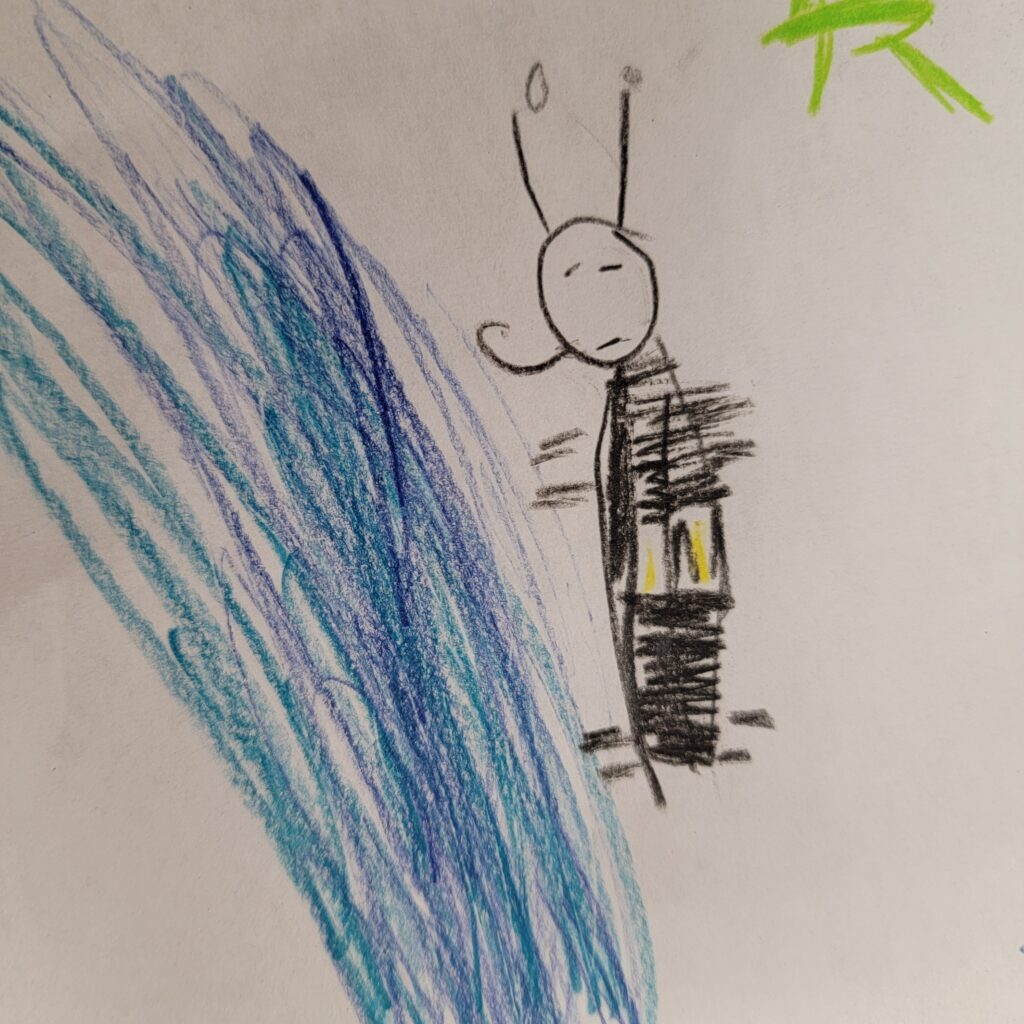
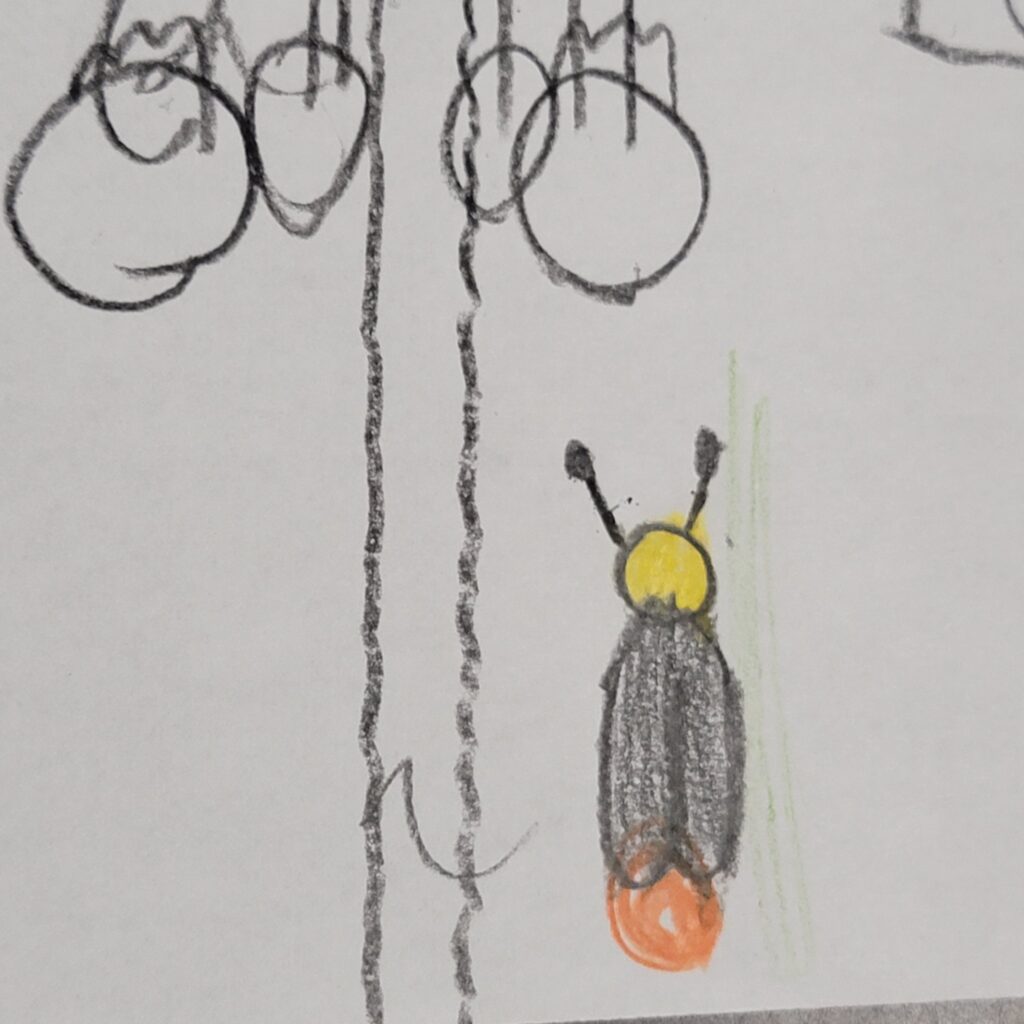

Contact Becky
For more information, contact Becky Griffin (beckygri@uga.edu) at University of Georgia Extension.

